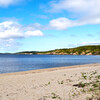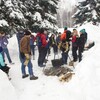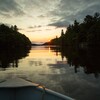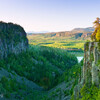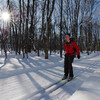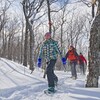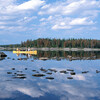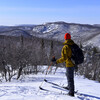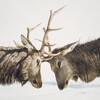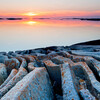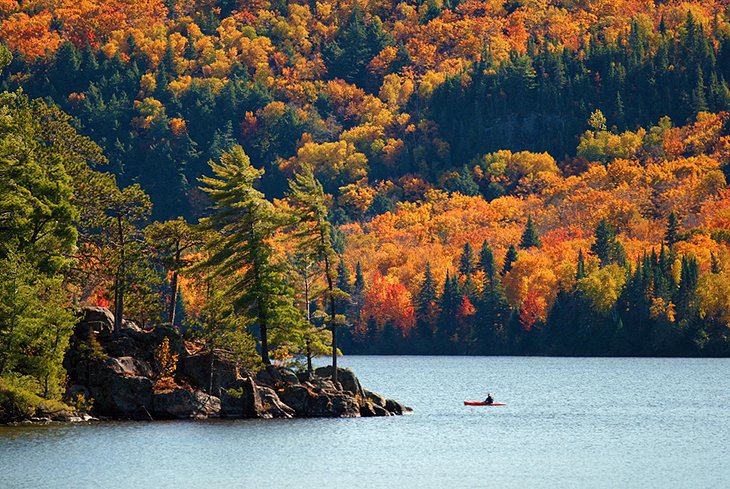
5 Ways to Experience Lake Superior Provincial Park in the Winter
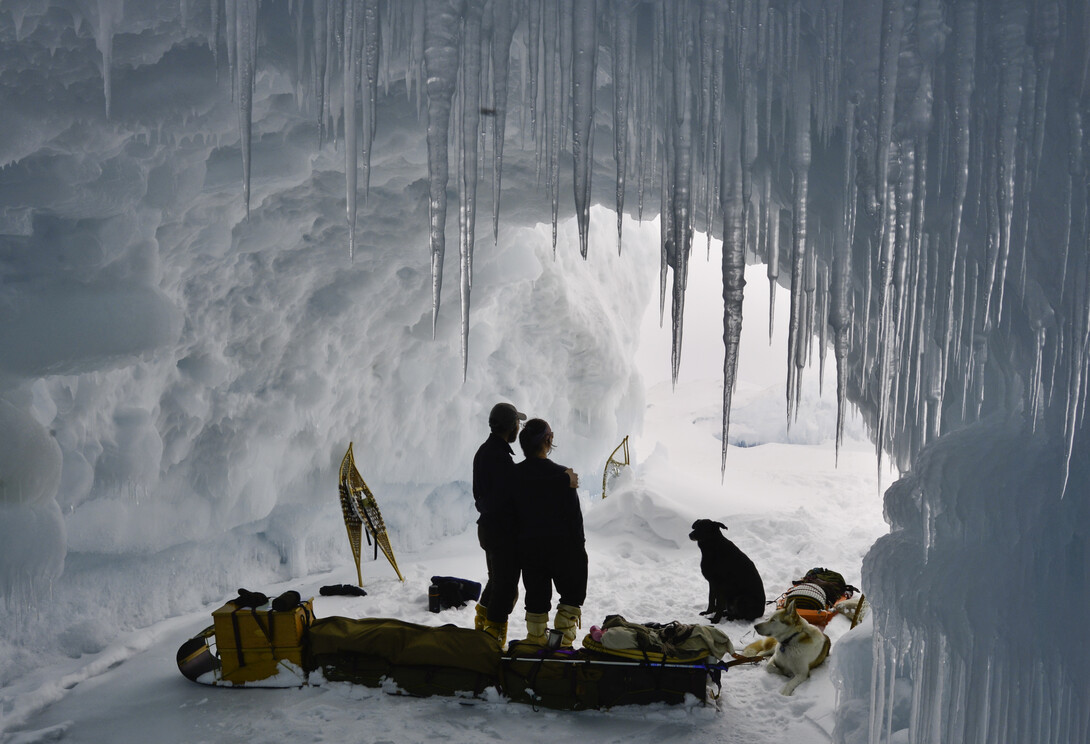
#1 Snowshoe Orphan Lake
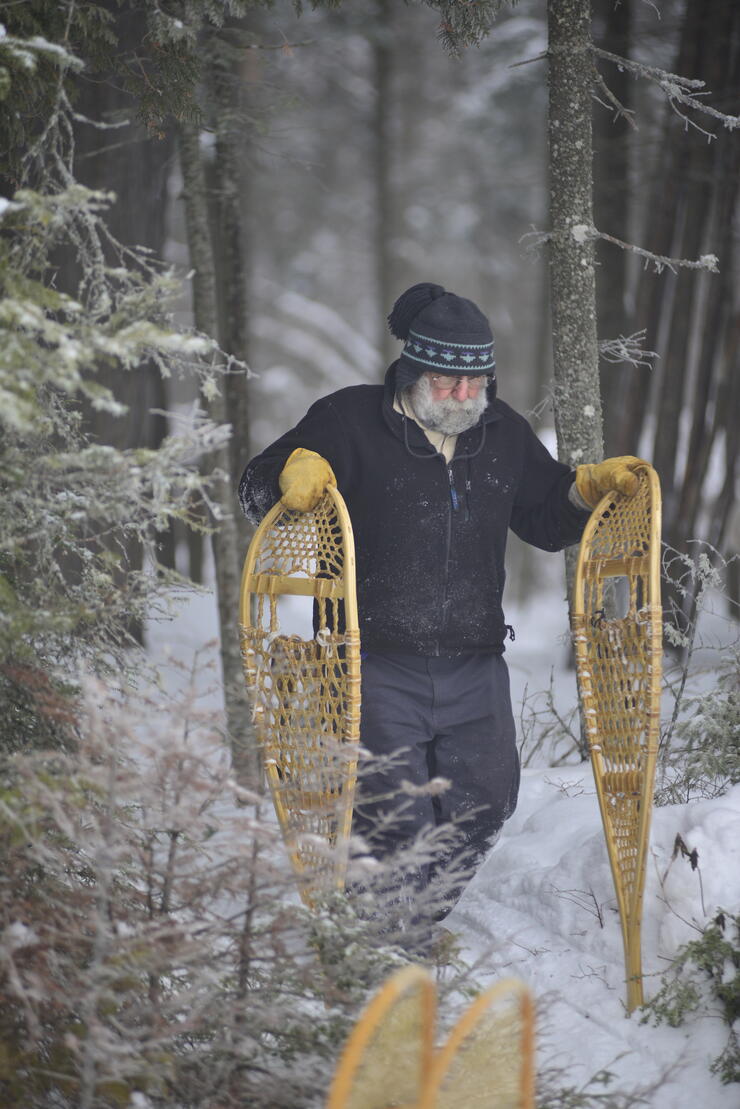
Gearing up for the trail: The larger surface area of traditional wooden snowshoes often makes them a better choice for the deep snow of Lake Superior Provincial Park.
For me, this eight-kilometer (nearly five mile) Orphan Lake trail is best in the winter, when the cascades of the Baldhead River are sheathed in ice. The trailhead is located 150 kilometers north of Sault Ste. Marie; rent a pair of snowshoes at Algoma Bicycle Co. or Velorution on your way out of town. The trail passes through forests of towering yellow birch with a lookout over Orphan Lake and Lake Superior. There are a few moderate downhills and ascents, but overall this trail is novice-friendly. Pack a lunch and plan on spending a full day.
#2 Backcountry Ski on Gargantua Road
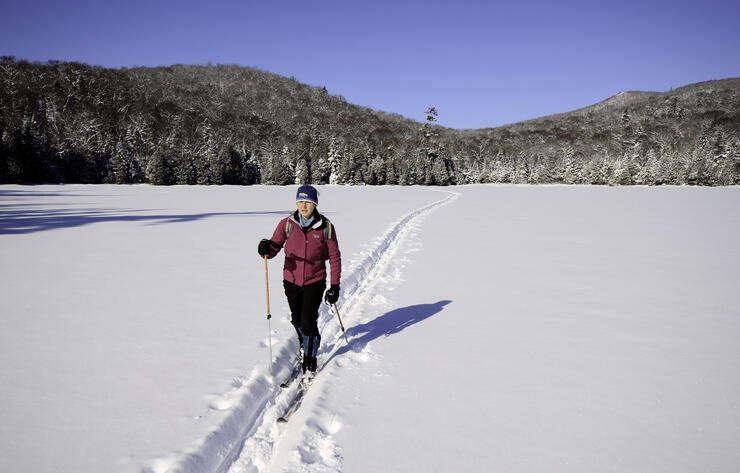
The Lake Superior Provincial Park map reveals countless routes for backcountry skiing amidst a wilderness of secret lakes and forested hills.
Gargantua Road, about 175 kilometers north of Sault Ste. Marie, is unmaintained in the winter, but it has a ploughed pull-off for parking. With the right conditions, diehard skiers can attempt the full 14 kilometers to Lake Superior. Even if you choose to turn around early, there are plenty of highlights along the way. The road passes quaint ponds and offers great opportunities to view moose, wolves and lynx—or at least their tracks.
#3 Beachcomb at Old Woman Bay or Katherine Cove
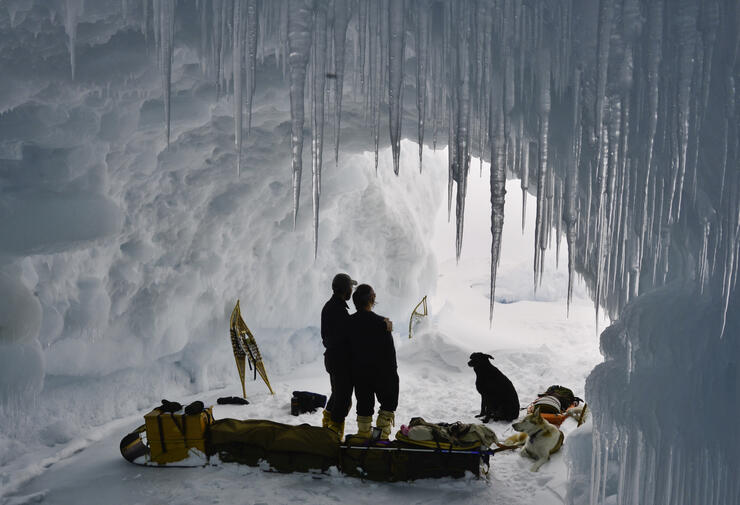
Wave action and freezing temperatures are known to create a variety of stunning ice structures on the Lake Superior coastline.
Lake Superior is justifiably famous for beaches that rival the Caribbean. In the cold season, these shorelines often resemble the Arctic with stunning ice arches, caves and pillars. Two of the best places to explore a winter beach are Katherine Cove (140 kilometers north of Sault Ste. Marie) or Old Woman Bay (200 kilometers north of Sault Ste. Marie).
#4 Winter Camp in the Backcountry
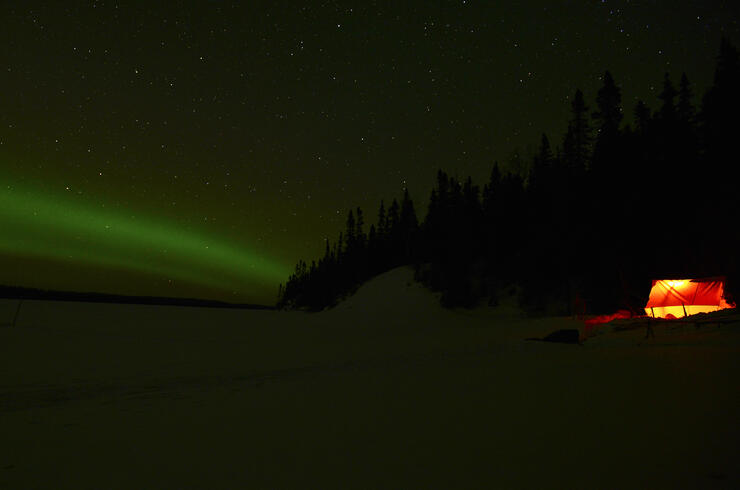
Winter camping in Lake Superior Provincial Park reveals starry skies and the aurora borealis.
The backcountry of Lake Superior Provincial Park is a snowy, silent world come winter. With a four-season tent, warm sleeping bag and lots of high-calorie food, adventurous winter campers can make the 5 kilometer trek to Mash Lake, east of Highway 17 and Gargantua Road. For an easy introduction to cold camping, snowshoe the short, 1 kilometer park road (unmaintained) to Crescent Lake, just off Highway 17, about 125 kilometers north of Sault Ste. Marie.
#5 Ice Skate on Lake Superior
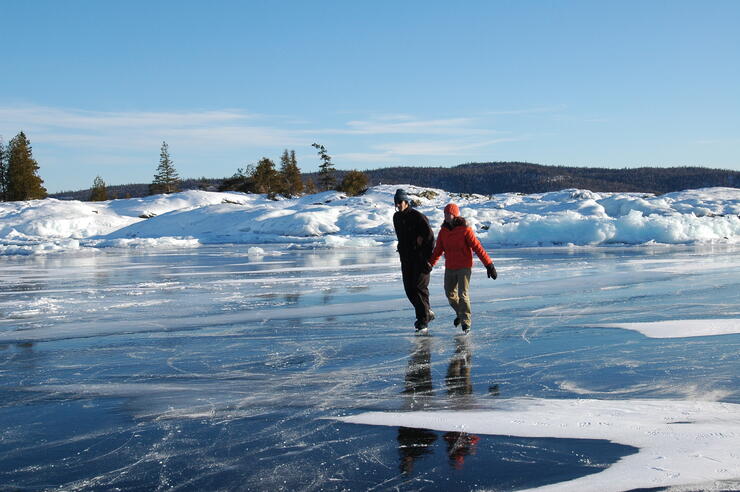
Typically, prime ice skating conditions only form on Lake Superior a couple of time per decade. With perfect ice, the sensation of gliding across Superior’s frozen surface is thrilling.
Because of its huge volume and fickle winds, solid ice rarely forms on Lake Superior—and when it does, it’s usually riddled with ridges. But if you’re especially lucky, you may discover a sheet of black, satiny ice at sheltered bays like Old Woman, perfect for skating. Check the thickness first— a minimum of 20 centimeters (just shy of eight inches) is required for safety, carry ice picks and rope, and always skate with a partner.
Recommended Articles
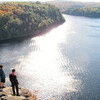
Top 5 Things To Do In Restoule Provincial Park
CANOEING CARMICHAEL COUNTRY

BIG Vistas
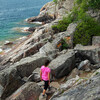
Ancient Art Galleries
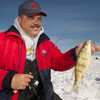
Black Bay Perch
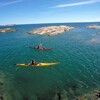
Paddling Adventures in Northeastern Ontario
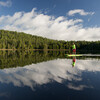
A Dozen Ways to Fill Your Days
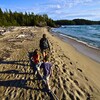
Plan Your Northern Adventure!
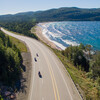
Stimulate Your Motorcycle Senses
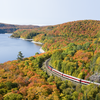
Choo-Choo Choose Adventure!
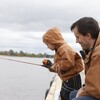
Fun Family Fishing Vacations
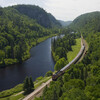
A One-Day Rail Adventure Into the Heart of the Canadian Wilderness

A True Mountain Experience

Top 5 Things To Do In The Soo
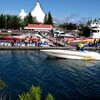
Don’t Miss the Parade of Power
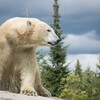
The Polar Bear Necessities
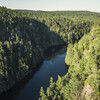
You Don’t Have To Rough It To Enjoy It
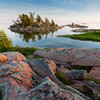
Can’t Get Enough of Killarney
Arrowhead's Winter Wonderland
